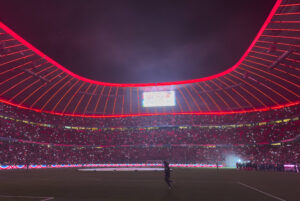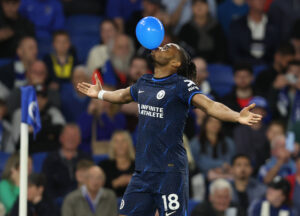Liverpool Now Follow the Dortmund Blueprint
Jürgen Klopp’s Bundesliga masterplan has relocated to Anfield. With the transfer window now closed, Klopp has decided to stick with his trusted formula. Astute transfer business coupled with a streamlined squad historically suit the German coach. One major question on many Reds fans’ and Premier League pundits’ minds looms large. Can the Dortmund model successfully transfer into the English top flight?
Spend Much or Spend Astutely?
Traditionally, the top four clubs in the Premier League spend largely each season. Arsène Wenger, traditionally seen as overly-frugal, has just spent around £80million on Shkodran Mustafi, Granit Xhaka and Lucas Perez. Leicester City, traditionally modest spenders, now rank fifth in Premier League incoming transfer spending. The two Manchester clubs have invested almost £340million combined in new signings.
It is clearly evident that English clubs who qualify for Champions League slots are under immense pressure to spend freely in order to retain that status. Similarly, the clubs who finish close to the Champions League positions spend freely. Klopp’s determined deviation from the pressure to spend freely is commendable, and similarities with his Dortmund tenure cannot be ignored.
The Dortmund Mirror
At Dortmund, Klopp took a traditional but struggling Bundesliga power back to the top. In doing so, an important part of the blueprint was his transfer dealings. Super expensive signings were the exclusive domain of Bayern Munich in 2008. The Bavarian superpower financially dwarfed all others at the time of Klopp’s arrival.
Klopp boldy acquired a young Bayern Munich centre-back on loan. Mats Hummels would later join Dortmund permanently for under £3million. Joel Matip, another highly-rated young centre-back, is one of the first bargain signings Klopp has made as Liverpool boss.
İlkay Gündoğan, Robert Lewandowski, and Neven Subotić all cost around £12million combined. Marko Grujić, Loris Karius and Ragnar Klavan cost Liverpool under £15million combined.
Marco Reus, the jet-heeled winger/forward was purchased by Dortmund at a price of almost £12million. He was one of Klopp’s more expensive purchases, but he helped enhance the manager’s signature Gegenpressing system.
Similarities between Reus and Sadio Mané are prominent. Both are pacey wingers/forwards and offer a potent direct threat on the counterattack; both have terrific work rates while pressing the opposition.
A different league
Similarities in Klopp’s blueprint for Dortmund and his early scheming at Liverpool are obvious. As Liverpool manager, building the squad is under his total control. He seems comfortable in executing his plans despite the pressures of a new challenge.
The Premier League is a much different proposition to the Bundesliga. In Germany, the superpower is Bayern Munich. They are the solitary benchmark. Any German club who can compete with Bayern will finish first or second in the league the vast majority of the time. Klopp’s Dortmund managed not only to compete with them, they won the league on two occasions.
Manchester City, Chelsea, Manchester United, and Arsenal are the Premier League era’s dominant teams. Liverpool traditionally belong in that elite group. However, one Champions League qualification since the turn of this decade has relegated them to the chasing pack.
Liverpool compete directly with Tottenham Hotspur, Everton, West Ham, current champions Leicester and Southampton. This ultra-competitive top eight or nine will make it much harder to succeed. Will the ultra-competitive nature of the Premier League eventually force the Reds coach into massive spending? This season, with a net profit after the transfer window, Klopp’s methods will face stringent scrutiny. If he succeeds and Liverpool re-enter the top four, he will have validated an alternative blueprint for Premier League success
main photo






